Local groups instrumental in meeting Western North Carolina’s food needs in the wake of the storm say the problem runs deep and there’s a long road ahead.


Local groups instrumental in meeting Western North Carolina’s food needs in the wake of the storm say the problem runs deep and there’s a long road ahead.
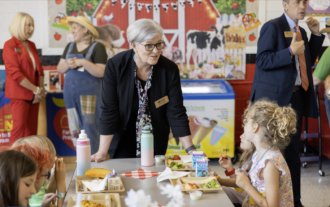
Hungry kids can’t learn. That’s one thing Heather Smith has learned in nearly a decade as a teacher.
“I truly believe that they have a hard time focusing if they’re worried about when their next meal is coming or if they don’t have energy,” says Smith, an eighth-grade math teacher at Waynesville Middle School.
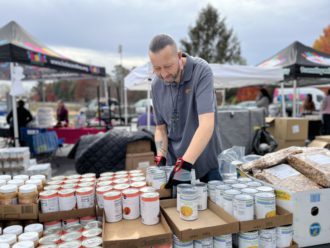
A recent community food assessment shows post-COVID food insecurity and hunger are surging in Macon, Swain and Jackson counties. The data is dire but could offer a roadmap for a better regional food system.

A March 27 proposal to the board of commissioners of the Housing Authority of the City of Asheville called for the demolition of Southside Community Farm to make way for a $200,000 outdoor youth play area. Hundreds of community members showed up to the April board meeting to voice their dissent.

“I wanted to address food insecurity with those who had Type 2 diabetes or hypertension and do something similar to Hello Fresh or Blue Apron, but with food pantry food,” Simuel says.

“I think it would be a ridiculous waste of revenue to stop collecting a tax that visitors are used to paying. But it certainly should be used to benefit the community and keep it the strong, wonderful place that people would like to visit.”
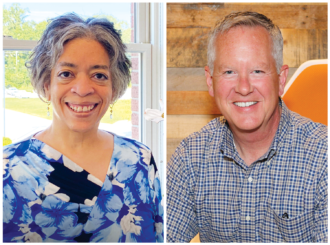
The Healthy Opportunities Pilot is focusing on food insecurity during its first phase.

“I started bringing excess API food in to share with my co-workers at Sonic.”

Philanthropist MacKenzie Scott has donated $9 million to MANNA FoodBank, the biggest gift in the nonprofit’s history. It comes not a moment too soon, as the organization faces a sudden rise in food insecurity and a facility pushed to its limits.
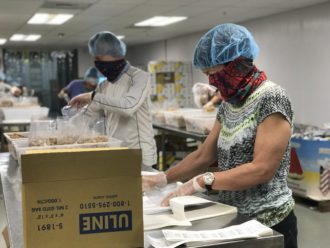
Organizations providing food assistance to North Carolinians experience higher demand as unemployment increases.

“For those of us with the resources to provide for our families, it is time to reach out to those who do not.”
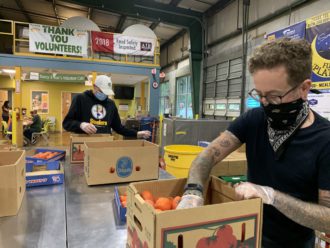
While the community’s need continues to grow, the nonprofit’s pool of volunteers has declined.
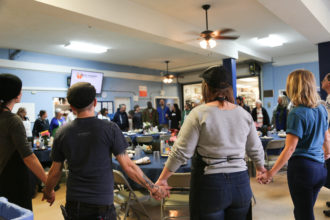
Faith-based organizations in WNC have historically worked to alleviate the daunting problem of hunger, pooling resources, collecting food and volunteering at nonprofits.
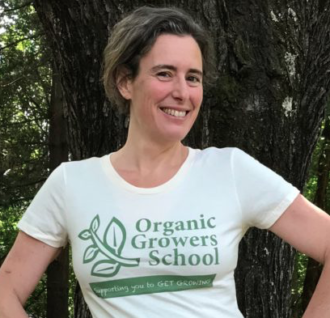
“Sourcing more of our food locally would simultaneously boost the region’s economic stability, food security and health.”

According to Feeding America, 20 percent of the more than 46 million people who access the organization’s national network of food banks each year are part of households that include someone who’s served or is serving in the U.S. military.

A host of factors, including poverty, job loss, lack of transportation, unaffordable housing and chronic health issues, contribute to creating barriers to food access. But the vague mental images painted by these scenarios do not necessarily put an accurate face on WNC’s sprawling and complicated food insecurity problem.

“The only way we can ensure that everyone has the opportunity to achieve optimal health is to work together with a shared and well-coordinated commitment to improving our community’s health.”

Looking back on 2017, Xpress highlights some of the hundreds of stories we covered in our print editions and online over the year.

“It seems to me that the main reason why people are food insecure is that they just do not have enough money, especially since food prices keep increasing. If the food is ‘available’ and they can’t afford to buy it, it won’t help them.”

“Naming the history of a problem in our black community does not discount the experiences of our rural white communities. It’s not an either-or argument. It’s an “and” discussion. And white, rural communities suffer from food insecurity, too.”
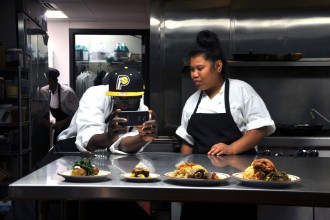
In the 1970s, changes caused by urban renewal efforts stripped the historically black Southside community of its thriving network of corner stores and markets. Today the neighborhood fights its food insecurity issues with community gardens and donation-based dinners as it faces gentrification.